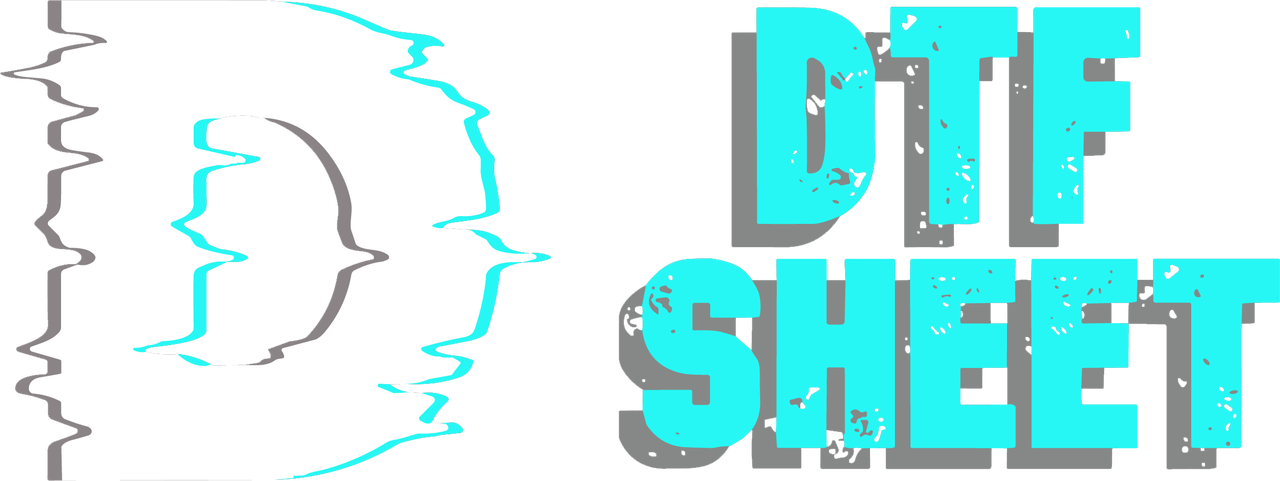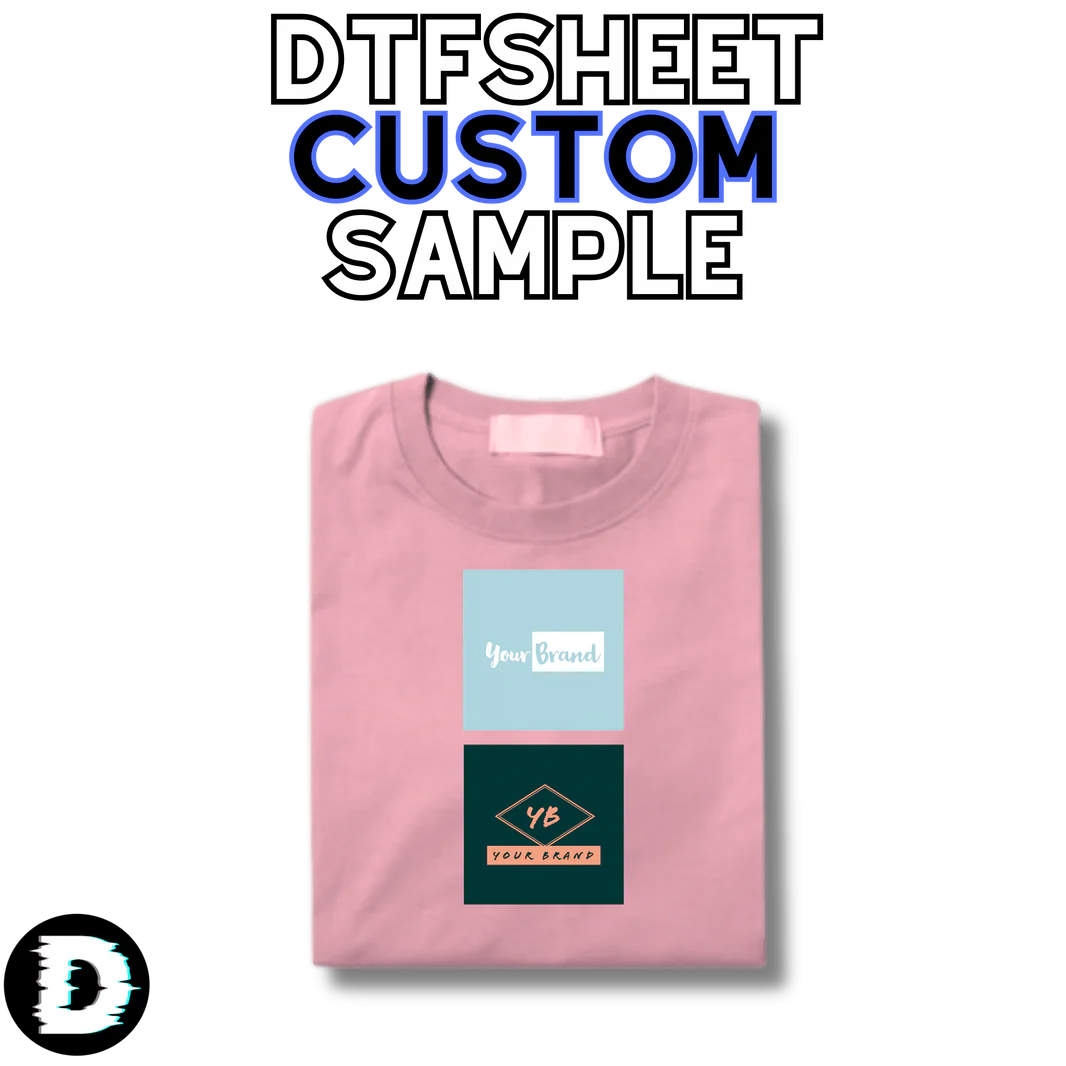Sustainability has become more important today because people and the environment are intertwined. The reason for this is of course the frenzy of consumption. With the increasing consumption habits in modern life, the tendency to harm the environment is also increasing.
On the other hand, DTF printing, which many people prefer, adopts an environmentally friendly approach. Therefore, it causes the least damage to the environment even with multiple orders. Providing continuity in production and less consumption, DTF transfer is part of sustainable practices.
How Do DTF Transfers Support Sustainability?
DTF transfers are a special printing application that supports sustainable production. Eco-solvent inks are the most important indicator of adopting this approach. These inks preserve print quality in the best way and reduce environmental impact. They contain less volatile organic compounds than traditional printing inks and therefore have a natural content.
Volatile organic compounds are released into the atmosphere during the printing process. As a result, it causes air pollution. Special inks used in the DTF printing process offer an environmentally friendly choice by reducing VOC emissions. Therefore, it supports sustainable production as it minimizes the carbon footprint.
How Much Does DTF Transfer Reduce Waste?
DTF printing plays an important role in sustainable production as it reduces waste. The disposable materials used in traditional printing methods are not sustainable. These materials cause waste as they are constantly replaced.
In DTF printing, ink and film can be reused. The fact that they are not disposable supports sustainability. Therefore, they ensure continuity in production as they reduce waste generation. On the other hand, it is also economically advantageous as there is no continuous use of materials.
Energy Efficiency in DTF Printing
Energy efficiency also comes into play when it comes to sustainable production. DTF printing uses less energy as an energy efficient printing method. Therefore, less electricity is used in the printing process. Therefore, a low carbon footprint is achieved. Carbon dioxide emissions are also reduced thanks to the least amount of electricity used in sustainable practices. As a result, it contributes to environmental health on a global scale.
Sustainable Fashion with DTF Printing
DTF printing is a specialized and sustainable method that reduces the environmental carbon footprint. Thanks to this printing, the fashion industry adopts more sustainable production. DTF printing therefore supports the sustainability of fashion. By using environmentally friendly ink and less electricity, the fashion industry adopts a more sustainable approach. DTF technology continues to be the favorite of the fashion industry with the energy savings and money savings it provides.
Which Advantages Does DTF Transfer Offer in terms of Sustainability?
DTF transfer offers many advantages in terms of sustainability. For this reason, it is preferred by those who want to make environmentally beneficial production. The advantages of DTF transfers in terms of sustainability are as follows:
- DTF printing reduces the use of packaging materials as it provides material transfer from one point to another.
- It saves energy as it uses fewer vehicles than supply chains.
- Reduces greenhouse gas emissions into the atmosphere.
- Efficient business performance is achieved by eliminating intermediate storage and processing steps.
- Reduces soil pollution as fewer vehicles are used.
- Helps the efficient use of natural resources as it uses fewer chemicals.
In conclusion, custom DTF printing is a printing technology that supports sustainability. It benefits both producers and consumers in this respect. Since it has high durability, it is also suitable for long-term use. In short, this printing technique offers many advantages to businesses in terms of production. You can also choose to use the products of this print for a green environment.




























